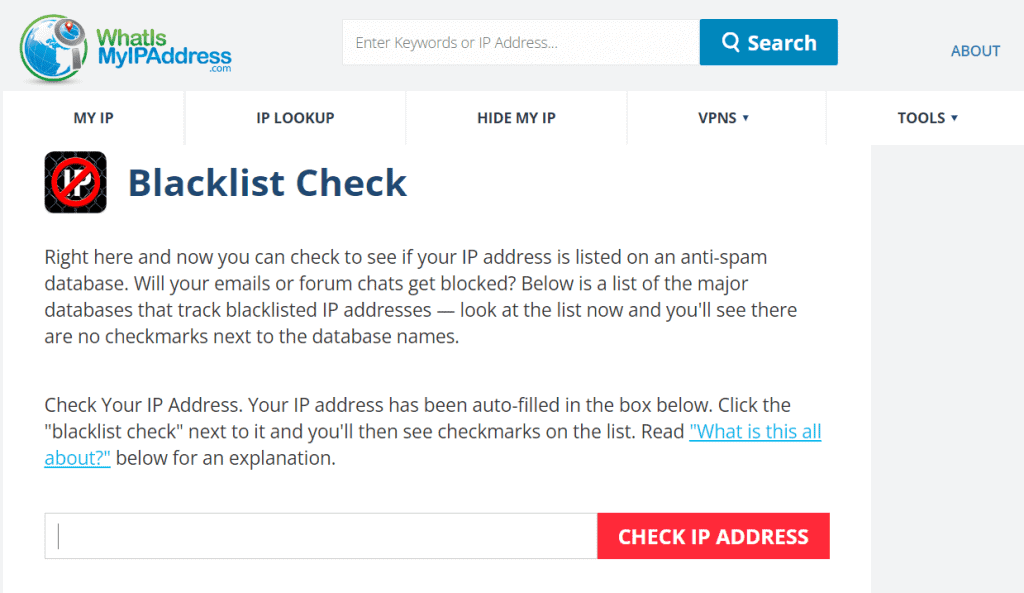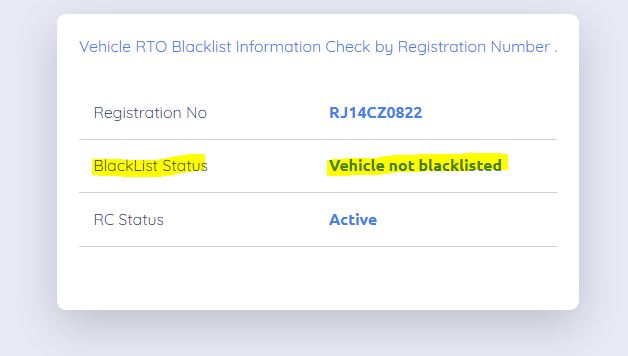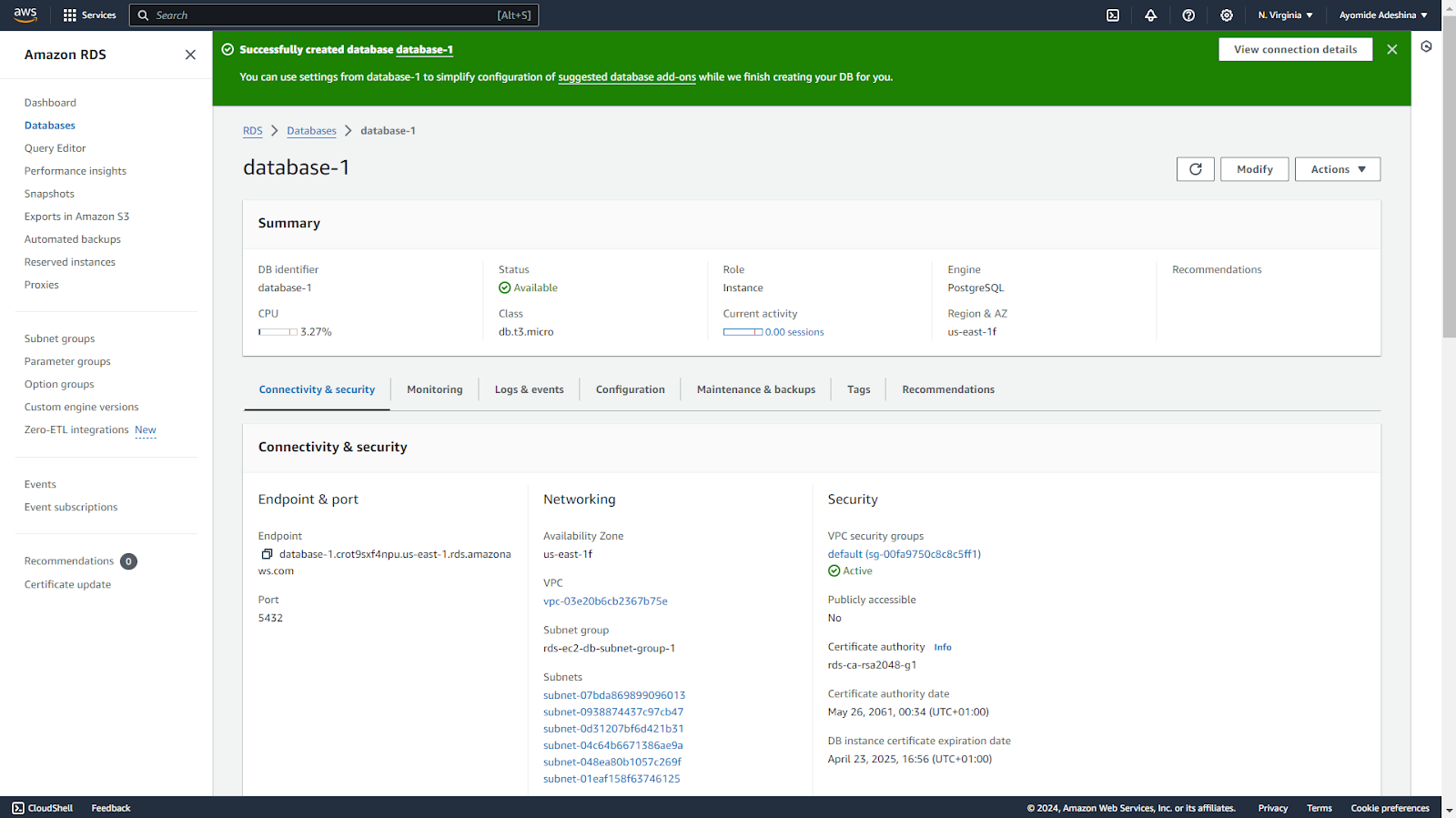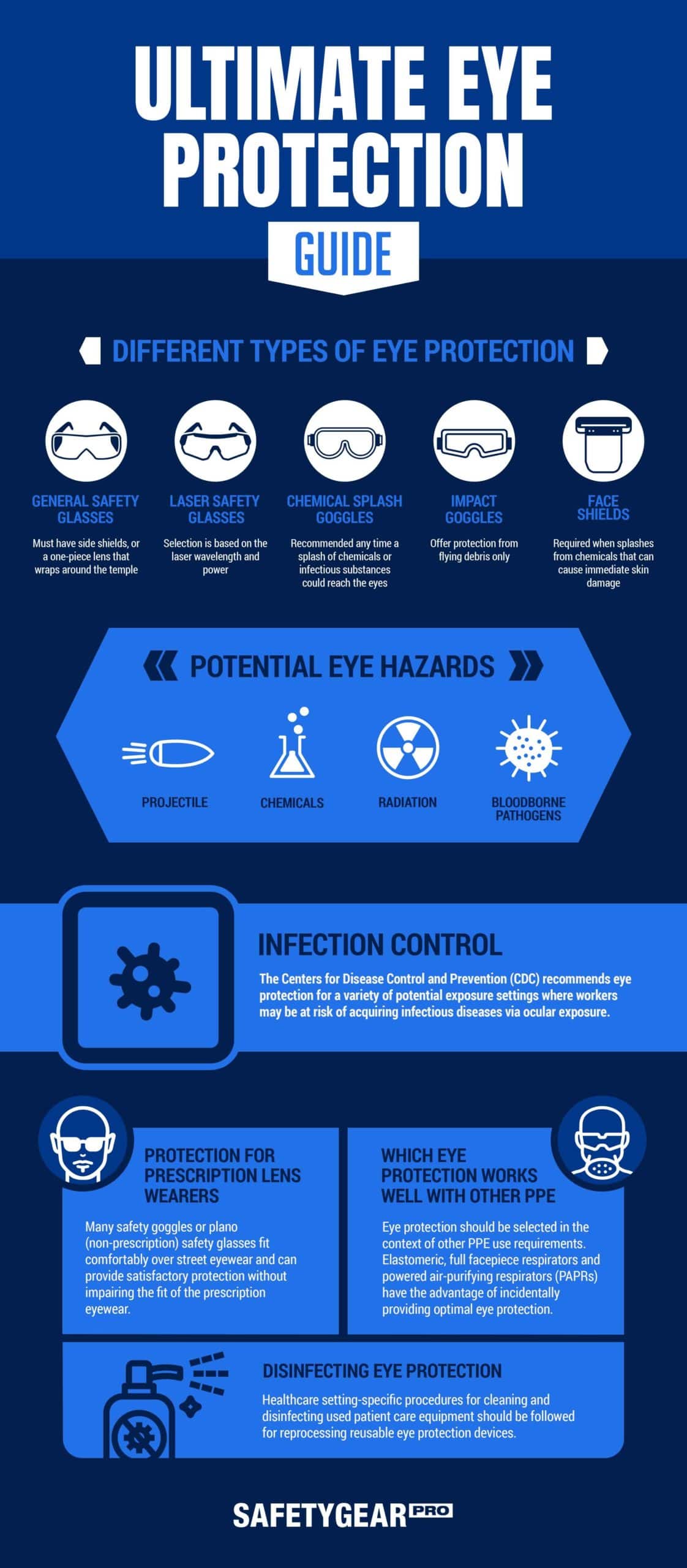15 Domain Blacklist Checks: Ultimate Safety Guide

Introduction to Domain Blacklist Checks

Domain blacklist checks are an essential tool for ensuring the safety and security of websites, emails, and online transactions. A domain blacklist is a list of domains that have been identified as malicious or suspicious, and checking against these lists can help prevent spam, phishing, and malware attacks. In this article, we will explore the importance of domain blacklist checks and provide a comprehensive guide on how to perform these checks.
Why Domain Blacklist Checks are Important

Domain blacklist checks are crucial for several reasons: * Preventing Spam: Domain blacklist checks can help prevent spam emails from being sent or received by checking the sender’s domain against known blacklists. * Protecting Against Phishing: By checking a domain against blacklists, you can determine if it is a legitimate website or a phishing site attempting to steal sensitive information. * Blocking Malware: Domain blacklist checks can help block malware and viruses by identifying domains that are known to distribute malicious software.
15 Domain Blacklist Checks

Here are 15 domain blacklist checks that you can use to ensure the safety and security of your online activities: * Spamhaus: A well-known blacklist that tracks spammer domains and IP addresses. * Surbl: A list of domains that have been identified as sources of spam and malware. * URIBL: A blacklist that tracks domains that have been identified as sources of spam and phishing attacks. * AbuseIPDB: A database of IP addresses and domains that have been reported for abuse. * Google Safe Browsing: A list of domains that have been identified as malicious or suspicious by Google. * Malwaredomains: A list of domains that have been identified as sources of malware and viruses. * PhishTank: A community-driven list of domains that have been identified as phishing sites. * ZeusTracker: A list of domains that have been identified as sources of Zeus malware. * Ransomware Tracker: A list of domains that have been identified as sources of ransomware. * Cryptojacking Tracker: A list of domains that have been identified as sources of cryptojacking malware. * Botvrij: A list of domains that have been identified as sources of botnet traffic. * Feodotracker: A list of domains that have been identified as sources of malware and viruses. * Proxylist: A list of domains that have been identified as sources of proxy traffic. * VXVault: A list of domains that have been identified as sources of malware and viruses. * URLhaus: A list of domains that have been identified as sources of malware and viruses.
How to Perform Domain Blacklist Checks

Performing domain blacklist checks is relatively straightforward. Here are the steps: * Identify the domain you want to check * Choose a domain blacklist check service (such as those listed above) * Enter the domain into the check service’s search bar * Review the results to determine if the domain is listed on any blacklists
🚨 Note: It's essential to use multiple domain blacklist check services to get a comprehensive view of a domain's safety and security.
Conclusion and Final Thoughts

In conclusion, domain blacklist checks are a vital tool for ensuring the safety and security of websites, emails, and online transactions. By performing these checks, you can help prevent spam, phishing, and malware attacks, and protect yourself and your online activities from malicious domains. Remember to use multiple domain blacklist check services and to stay vigilant when interacting with unknown domains.
What is a domain blacklist?

+
A domain blacklist is a list of domains that have been identified as malicious or suspicious, and are used to prevent spam, phishing, and malware attacks.
Why are domain blacklist checks important?

+
Domain blacklist checks are important because they help prevent spam, phishing, and malware attacks, and protect online activities from malicious domains.
How do I perform a domain blacklist check?

+
To perform a domain blacklist check, identify the domain you want to check, choose a domain blacklist check service, enter the domain into the check service’s search bar, and review the results to determine if the domain is listed on any blacklists.
What are some common domain blacklist check services?

+
Some common domain blacklist check services include Spamhaus, Surbl, URIBL, AbuseIPDB, and Google Safe Browsing.
How often should I perform domain blacklist checks?

+
It’s recommended to perform domain blacklist checks regularly, especially when interacting with unknown domains or receiving emails from unfamiliar senders.



